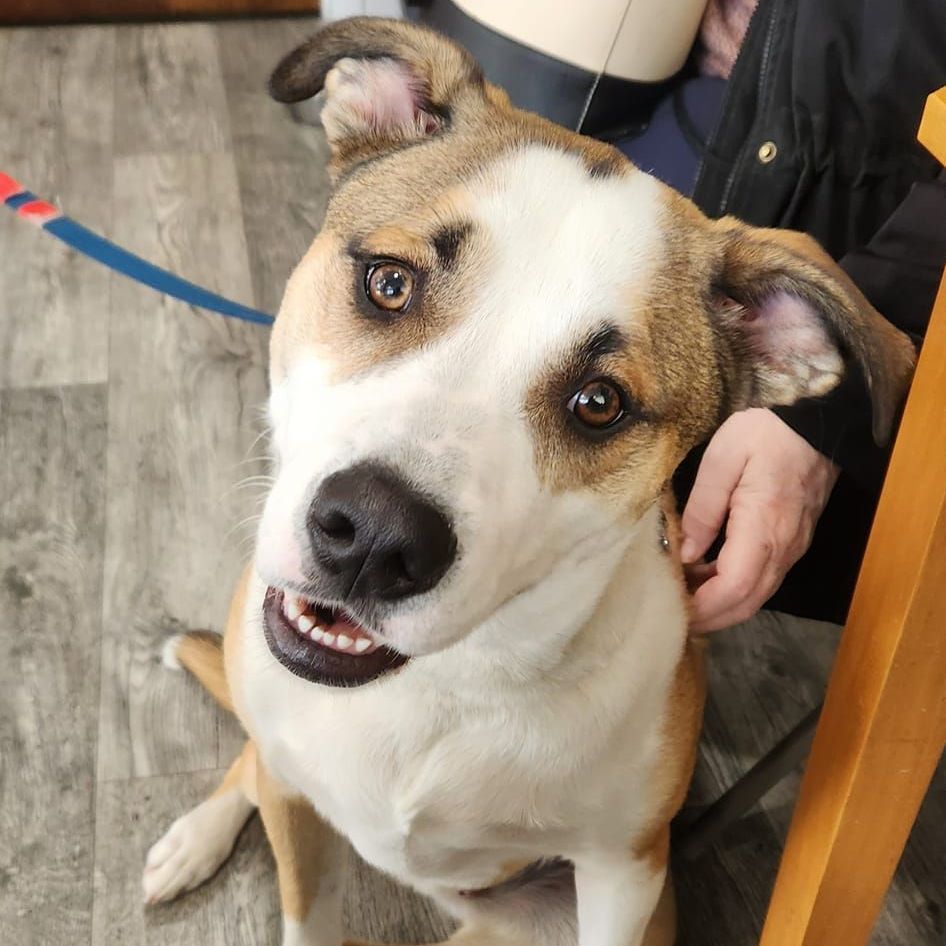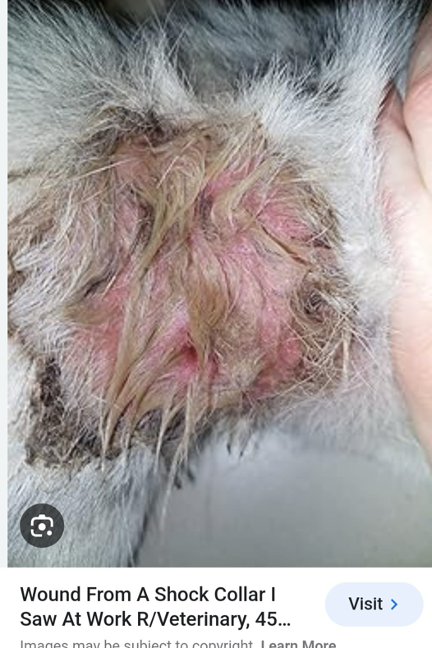Stop the Shock: Choosing Humane Training Methods for Your Dog
Sue Battel, Certified Behavioral Trainer
As a professional dog trainer with over 40 years of experience, I strongly condemn the use of electric shock collars. These devices cause extreme pain and can have devastating consequences for a dog's emotional and physical well-being. Furthermore, they can pose a significant risk to the owner as well.
The Psychology of Dog Training: Connection, Not Control
Dog training should be about building a strong bond and fostering a positive relationship between dog and owner. It should be based on communication, trust, and mutual respect. The use of electric shock collars goes against this fundamental principle.
Imagine two dogs communicating. Do you ever see one dog deliver an electric shock to another to correct their behavior? Of course not! Dogs communicate and bond with each other through body language, vocalizations, and play.
Electric shock collars operate on a completely different principle. They rely on fear and pain to elicit a response. This creates a negative association between the owner and the dog, eroding trust and undermining the very foundation of a healthy relationship.
The Dangers of Electric Shock Collars: Visible and Invisible Scars
The burns caused by these devices are a stark reminder of the physical and emotional trauma they inflict. But the harm goes beyond the immediate pain.
- Fear and Anxiety: Electric shock collars can cause severe fear and anxiety in dogs. This can lead to long-term behavioral issues such as aggression, fear-based aggression, and destructive behaviors. Some dogs may even develop phobias of specific places or people.
- Loss of Trust: The use of electric shock collars breaks the bond of trust between dog and owner. Dogs learn to fear and distrust their humans, making it difficult to build a positive and loving relationship. This can lead to a breakdown in communication and make training even more challenging.
- Long-Term Health Consequences: The repeated use of electric shock collars can have long-term health consequences for dogs, including heart problems, digestive issues, and even seizures.
The Physical and Emotional Toll of Shock Collars
Beyond the immediate pain, electric shock collars can leave lasting physical and emotional scars on dogs. Burns, welts, and even muscle damage can result from the electrical current. However, the most significant damage often goes unseen. The fear, anxiety, and loss of trust caused by these devices can have a profound and long-lasting impact on a dog's emotional well-being. These invisible scars can manifest in various ways, including aggression, fear-based aggression, separation anxiety, and destructive behaviors.
The Myth of "Off-Leash Control"
Proponents of electric shock collars often claim that they are the key to "off-leash control." They argue that by using a remote to deliver a shock, you can ensure your dog always comes back to you.
However, this "control" comes at a very high cost. It's based on fear and coercion, not on a genuine desire to please. A dog that responds to commands out of fear is not truly obedient; it's simply reacting to avoid pain. This type of "control" is fragile and can easily break down under stress or in new situations.
Building a Bond Based on Love and Respect
True "off-leash control" comes from building a strong bond and a trusting relationship with your dog. It's about teaching your dog to come back to you because they want to be with you, not because they fear the consequences of not doing so.
This requires patience, consistency, and a positive reinforcement approach. It involves focusing on rewarding desired behaviors and building a strong foundation of trust and communication.
The Power of Positive Reinforcement
In my 40 years of experience as a dog trainer, I have seen firsthand the transformative power of positive reinforcement. By using rewards and praise to motivate and encourage desired behaviors, we can build a strong bond with our dogs and teach them to listen and obey willingly.
Positive reinforcement is based on building a positive association between the dog and the owner. It focuses on rewarding good behavior and creating a fun and engaging learning environment. This approach not only helps dogs learn new skills but also strengthens the bond between dog and owner, creating a lasting foundation of trust and respect.
Shock Collars are a Cruel Shortcut to a Broken Relationship
Electric shock collars are inhumane and ineffective. They cause unnecessary pain and suffering, and they undermine the very foundation of a healthy human-animal bond. As a professional dog trainer, I urge you to choose humane and effective training methods that are based on love, respect, and positive reinforcement. Let's create a world where all dogs are treated with kindness and compassion.
Share the Learning:







